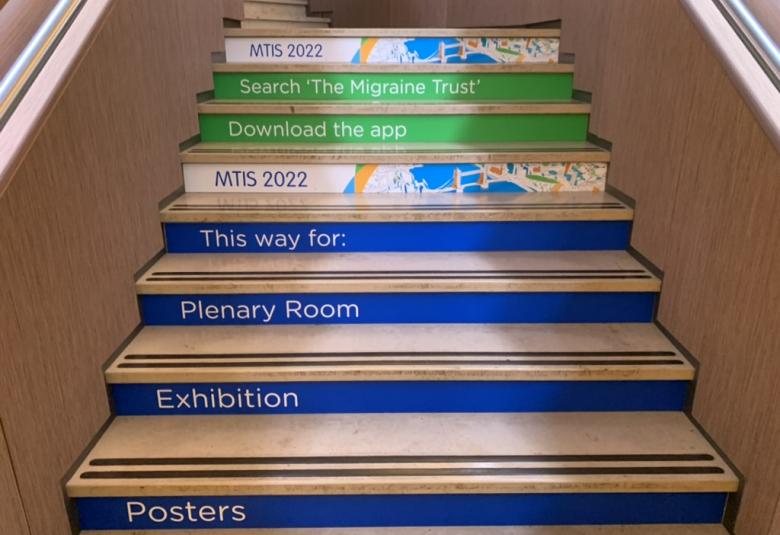Two debate topics, two conflicting opinions and two opponents. Or at least that’s the impression given by Roger McIntyre, Toronto, Canada and Stephen Stahl, California, USA, as they underwent a friendly, intellectual sparring session during two staged-debates on the optimization of MDD treatment. And while the audience may have enjoyed the banter that took place between the experts, some serious messages were also transmitted.
Of course, the two experts didn’t agree wholeheartedly on the stances they were taking. They were arguing for arguments sake. But each debate topic did allow points to be made both for and against the motions being made.
The first motion was: When patients have an inadequate treatment response to first-line antidepressants, augmentation strategies usually lead to better outcomes than switching.
Roger McIntyre, arguing for the motion, suggested that augmentation sustains the initial antidepressant response and may produce additional efficacy. Furthermore, partial responders with residual depressant symptoms may benefit more from augmentation that switching. He also argued that augmentation is the preferred approach to patients with a worse clinical profile i.e. those with more prior episodes and/or psychotic symptoms.
Stephen Stahl countered the motion by suggesting that augmentation increased the risk of drug interactions and poor tolerability – a major consideration in the context of high rates of non-adherence. Additionally, he argued, patients who show little or no improvement on their initial anti-depressant therapy should be switched early in the course of treatment as the efficacy of switching versus augmentation was comparable following failure of monotherapy failure.
Different circumstances call for different approaches. Mechanisms are augmented not drugs.
Different circumstances call for different approaches. Mechanisms are augmented not drugs
Voting on the motions suggested that opinion in the room had moved in favour of switching rather than augmentation when first-line therapy response was inadequate. In summation, however, the two experts agreed that one should take a patient-centric approach – and ask the patient what they would prefer. They also reminded the audience that different circumstances call for different approaches. Mechanisms are augmented not drugs, was the take home message.
The second motion was: Dimensional rather than categorical assessment of MDD is more accurate, leads to more personalized treatment and is more efficacious.
Stephen Stahl, arguing in support of this motion, proposed that symptom dimensions are what define an individual patient’s MDD episode and that accepting the dimensional nature of symptoms will lead to a better understanding of the psychobiology of psychiatric disorders. Treating categorically, he argued, may lead to a loss of significant information and to an underappreciation of the variation in symptoms and underlying mechanisms. Furthermore, the trial and error process resulting from subjective symptom assessment with a categorical approach leads to suboptimal outcomes.
In reply, Roger McIntyre stated that categories are the cornerstone of therapy, they have been used for a long time and have extensive support in the literature. He argued that taking a dimensional approach fails to accurately pinpoint the inflection point that separates health from disease. Treating dimensionally can quickly lead to chasing symptoms with pills. Categorical cut-off points help inform treatment decisions; without categories, determining which patients should receive pharmacotherapy is challenging.
Psychiatry is headed towards the unification of these different paradigms - categories and dimensions
Voting on the motions suggested that the audience strongly supported the motion that dimensional is more accurate than categorical assessment. Once again, the ‘combatants’ came together in the spirit of compromise. They agreed that categories are needed to communicate and conduct research and have been defined by clinical features. Indeed, most drugs are approved for categories. However, dimension should be used when a patient fails to achieve remission and possibly also in uncommon patient profiles.
The take home message from the second debate was that psychiatry is headed towards the unification of these different paradigms. And as has been done for other chronic conditions, categories can be imposed on dimensions.
The reported debates were organized by Pfizer Inc.




